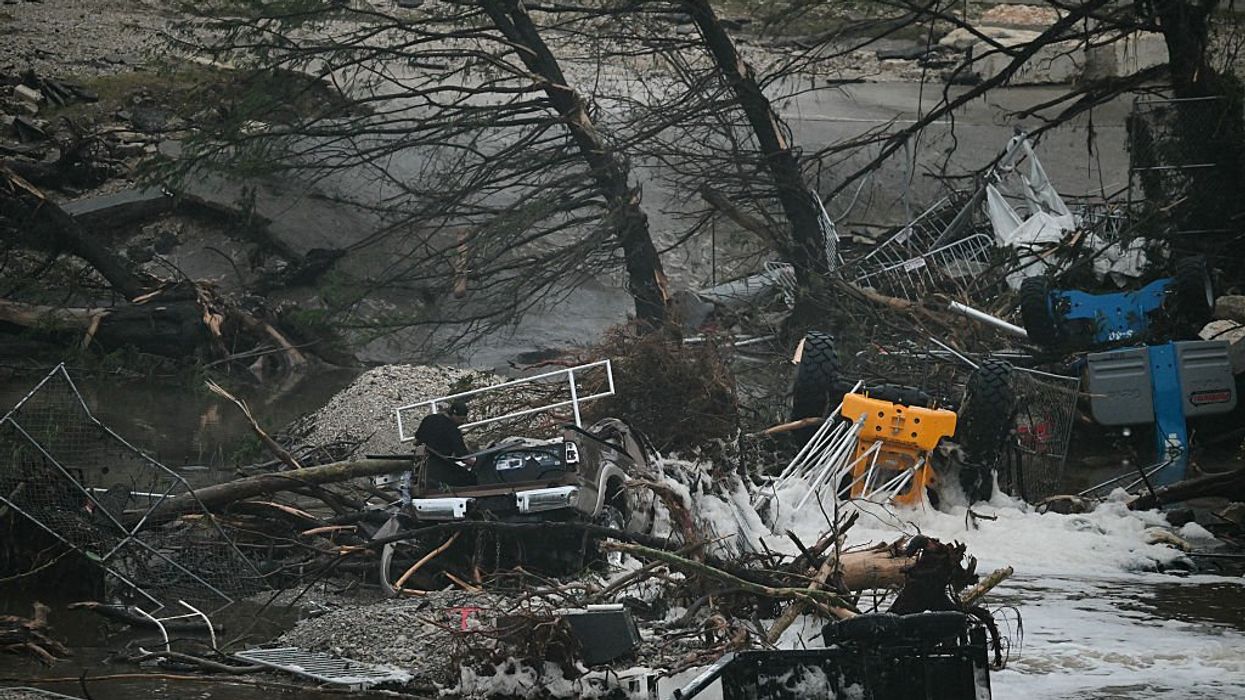
© 2025 Blaze Media LLC. All rights reserved.
The United States military is poised to unveil one of its most effective weapons yet in the ongoing war in Afghanistan. Unlike many in America's arsenal, however, this new military tool poses a different kind of threat to the enemy. Instead of heavy firepower, America's new surveillance blimps will be armed with new and extremely powerful computing technology to give soldiers on the ground a significant leg up in monitoring enemy combatants and their operations.
Launching now are 80-foot blimps set to monitor enemies with such advanced surveillance technology, they can track incoming enemy fire and simultaneously relay location information to troops on the ground.
“If it saves one life, it’s worth it,” says Lieutenant Colonel Terrence Howard, product spokesman for the U.S. Army.
Fox News took a look at the new blimp program Thursday:
These blimps may be the start of a whole new trend in battlefield surveillance using blimp technology.
Various U.S. planes already capture surveillance footage from high above Afghanistan while others monitor cell phone and walkie-talkie communications. But for the first time, the Air Force's "Blue Devil" surveillance program is poised to coordinate the two efforts to shorten response time to allow U.S. forces to reach enemies before they have a chance to flee. Up to a dozen different sensors all floating on a single blimp will be able to relay the coordinated information to ground troops in less than 15 seconds.
“It could change the nature of overhead surveillance,” retired Lt. Gen. David Deptula told Wired. “There’s huge potential there.”

The "Blue Devil" blimp is planned to launch this fall -- one of the largest airships produced since World War II, about seven times the size of the Goodyear Blimp.
The Air Force hopes that the extra size should give it enough fuel and helium to stay aloft nearly four miles above the earth's surface for as much as a week at a time.
Want to leave a tip?
We answer to you. Help keep our content free of advertisers and big tech censorship by leaving a tip today.
Want to join the conversation?
Already a subscriber?
more stories
Sign up for the Blaze newsletter
By signing up, you agree to our Privacy Policy and Terms of Use, and agree to receive content that may sometimes include advertisements. You may opt out at any time.
Related Content
© 2025 Blaze Media LLC. All rights reserved.
Get the stories that matter most delivered directly to your inbox.
By signing up, you agree to our Privacy Policy and Terms of Use, and agree to receive content that may sometimes include advertisements. You may opt out at any time.





